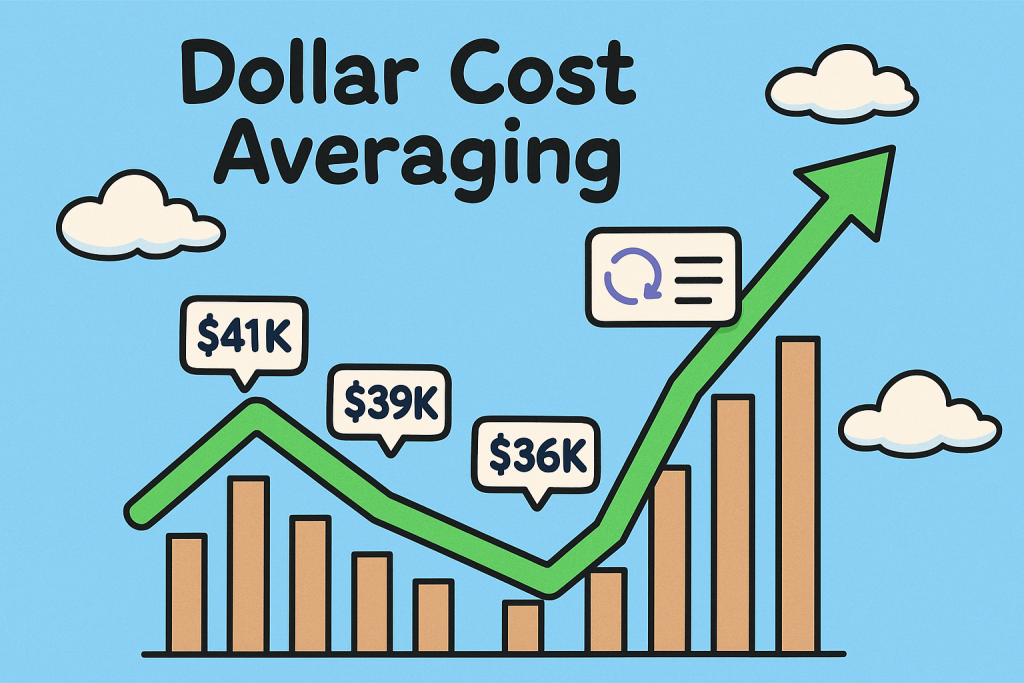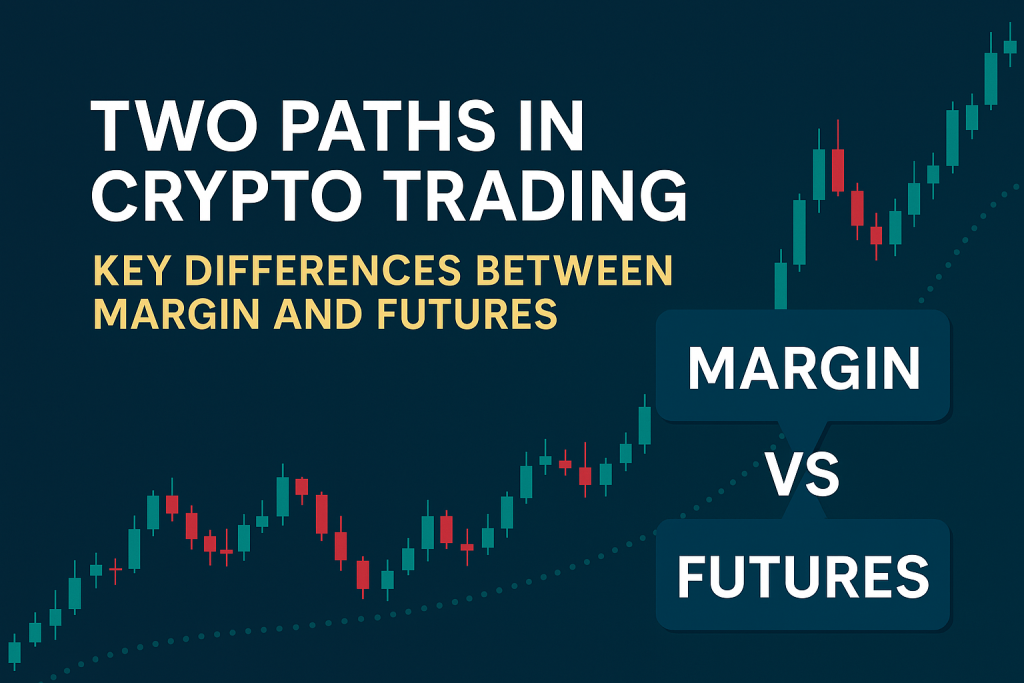Lately, you’ve probably seen the term Dollar Cost Averaging—or DCA—being thrown around in investment circles. While it may sound like another trendy buzzword, it’s actually one of the most practical strategies for individuals looking to grow their wealth steadily over time, especially if they’re not deep into complex technical or fundamental analysis.
 Sign up for free today and get one month of access to our AI, sezAI, for cryptocurrency and stock market predictions.
Sign up for free today and get one month of access to our AI, sezAI, for cryptocurrency and stock market predictions.
At its core, DCA involves investing a fixed amount of money into an asset at regular intervals, regardless of its price. Alternatively, some investors use a variant where they allocate funds when the asset price drops by a set percentage. Either approach is designed to smooth out the volatility of the market and reduce the emotional stress that often comes with investing.
What sets DCA apart is its ability to lower the average purchase cost during bear markets. By spreading out investments instead of going all in at once, it offers the flexibility to capitalize on lower prices as the market fluctuates. This method not only shields investors from sudden downturns but also keeps a portion of capital ready for strategic entries.
Despite short-term slumps, most markets trend upward in the long run. Assets often gain value over time as they mature or respond to demand and innovation. By consistently investing the same amount during different market conditions, DCA positions the investor to benefit from overall market growth.
Let’s say an investor allocates a portion of their monthly salary to invest in an asset. This systematic habit—putting in the same amount every month—helps build a portfolio without worrying about perfect timing. Even if the asset’s price drops below the initial entry point, the continued purchases at lower levels bring down the average cost and increase the total quantity held. When the market eventually recovers, the gains are often more significant thanks to this lowered average.
Now, DCA is often confused with the idea of “buying the dip.” But there’s a key difference. “Buying the dip” tends to be reactive—purchasing every time there’s a red candle on the chart. In contrast, DCA is more calculated. For instance, an investor might split their total capital into five parts and place buy orders not just randomly during dips, but at predetermined price levels, like every 20-25% drop from their first entry.
Example: Assume you want to invest $1,000 and your target asset starts at $20. You could divide your capital into five $200 portions. Your first purchase is at $20, and the next entries might be at $16, $12.8, $10.24, and $8.2—each a calculated step down. This structured strategy protects your investment from sudden downturns and helps manage risk more effectively.
To wrap it up, DCA is all about consistency and discipline. It’s a long-term strategy focused on building wealth steadily, not chasing quick wins. While it might show red in the short term, those who stick with it through market cycles often find themselves in profit when it matters most.


